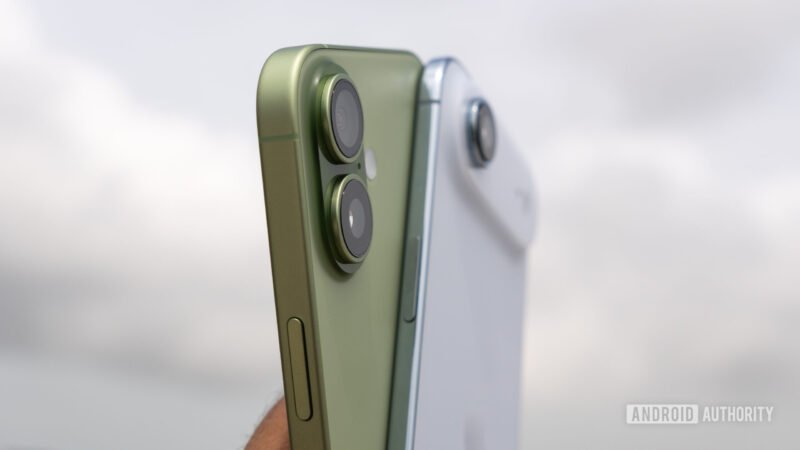Summary Points
-
Sales Struggles: The Apple iPhone Air and Samsung Galaxy S25 Edge are facing poor sales, with future models uncertain, primarily due to their high costs and inadequate battery life.
-
Consumer Preferences: A significant majority (90%) of consumers prefer smartphones with large batteries (like the OnePlus 15 and OPPO Find X9 Pro) over thin designs, highlighting a demand for longevity in usage.
-
Battery Capacity Advantage: The OnePlus 15 and OPPO Find X9 Pro feature batteries around 7,300mAh and 7,500mAh, providing over double the battery life compared to the iPhone Air and S25 Edge, which struggle to last a full day.
-
Charging Speed Issues: Despite their larger batteries, the OnePlus and OPPO devices recharge much faster (40-50 minutes) than the iPhone Air’s 105 minutes, revealing a missed opportunity for Apple and Samsung to enhance user experience through high-speed charging.
Multi-Day Battery Life Is Finally Here, Leaving Apple and Samsung Behind
In a game-changing shift, smartphones with multi-day battery life are hitting the market. Brands like OnePlus and OPPO have unveiled their latest devices, boasting batteries that can last two full days of heavy use. This development highlights a critical shortfall for tech giants Apple and Samsung, whose devices still struggle with battery life.
The OnePlus 15 features a 7,300mAh battery, while the OPPO Find X9 Pro takes it a step further with a 7,500mAh capacity. These numbers dwarf the 5,000mAh and 5,088mAh batteries found in Apple’s iPhone 17 Pro Max and Samsung’s Galaxy S25 Ultra, respectively. The gap is even wider when compared to the new iPhone Air and Galaxy S25 Edge.
Consumers increasingly prioritize battery life. A recent poll showed that 90% of respondents preferred a large battery over a slim design. Apple and Samsung may have overlooked this demand, opting instead for thinner models that often fall short of expectations.
Battery technology, specifically silicon-carbon solutions, plays a crucial role in this change. Larger cells not only last longer but also charge faster, reaching full capacity in about 40 to 50 minutes. In contrast, Apple’s iPhone Air takes a staggering 105 minutes, while Samsung’s Edge lags at around 65 minutes.
Users want assurance that their devices won’t fade before the day ends. A phone equipped with a 7,300mAh battery can reduce that anxiety significantly. As more manufacturers adopt this new technology, consumers can look forward to longer-lasting, more reliable devices.
While the OnePlus 15 and OPPO Find X9 Pro aren’t flawless, they represent a paradigm shift in smartphone innovation. As battery technology continues to improve, it is likely that smaller, mainstream devices will follow suit. The future of smartphones looks brighter, particularly for power users and casual users alike.
For those who value longevity and efficiency, it might be time to reconsider your options.
Continue Your Tech Journey
Dive deeper into the world of Cryptocurrency and its impact on global finance.
Discover archived knowledge and digital history on the Internet Archive.
GadgetsV1

